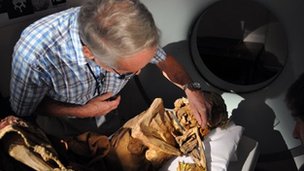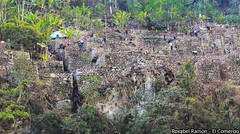Not to be confused with the similarly named archaeological site of Sipán, the Sicán were an ancient civilisation that developed in northern Peru between 800 and 1300 AD. Also known as the Lambayeque culture, they were a people of metal workers and pyramid builders descended from the Moche, with trade connections and influence from peoples in the nearby mountains, rainforest and regions such as modern day Ecuador. Their trade system also gave them access to feathers from the Amazon to the east and lapis lazuli from Chile, far to the south.
Category: "Lambayeque & Chiclayo Guide"
Pimentel
A ten minute bus ride from Chiclayo, at about 11km, is the most popular beach in Lambayeque where visitors can enjoy a good climate most of the year. A fishing town part of the year in which locals still uses the millennia-old Caballitos de Totora, it becomes a crowded get-away spot in the warmer months.
Hans Heinrich Brüning
Hans Heinrich Brüning Brookstedt lives on through his museum in the town of Lambayeque in northern Peru. This Peruvian archaeologist of German origin, born in 1848, travelled to Peru in in 1875 to find work on the Pátamo estate.
Señor de Sipán
Peruvian archaeologist Walter Alva made world news in 1987 when he announced the greatest archaeological find since Tutankhamen in Egypt. When the grave of this Moche ruler was discovered, the archaeological community was amazed to find a burial so intact and yet more amazed at the unbelievable quantity of gold that accompanied this man, the Lord of Sipán.
Lambayeque
The town of Lambayeque is the old Spanish colonial city founded in the 1500s that was the centre of power in the region of the same name. It stayed a relatively small town until 1720, when the rich families of the town of Zaña relocated here after Zaña was destroyed in a flash flood.
Chiclayo
Chiclayo is a huge disorganised commercial city that sits on the Panamericana highway. It has a population of over 650,000 in a green (by Peruvian coastal standards) agricultural area with easy access to the mountains. The name of the city probably comes from the Mochic language; Chiclayoc meaning “hanging greenery”.










